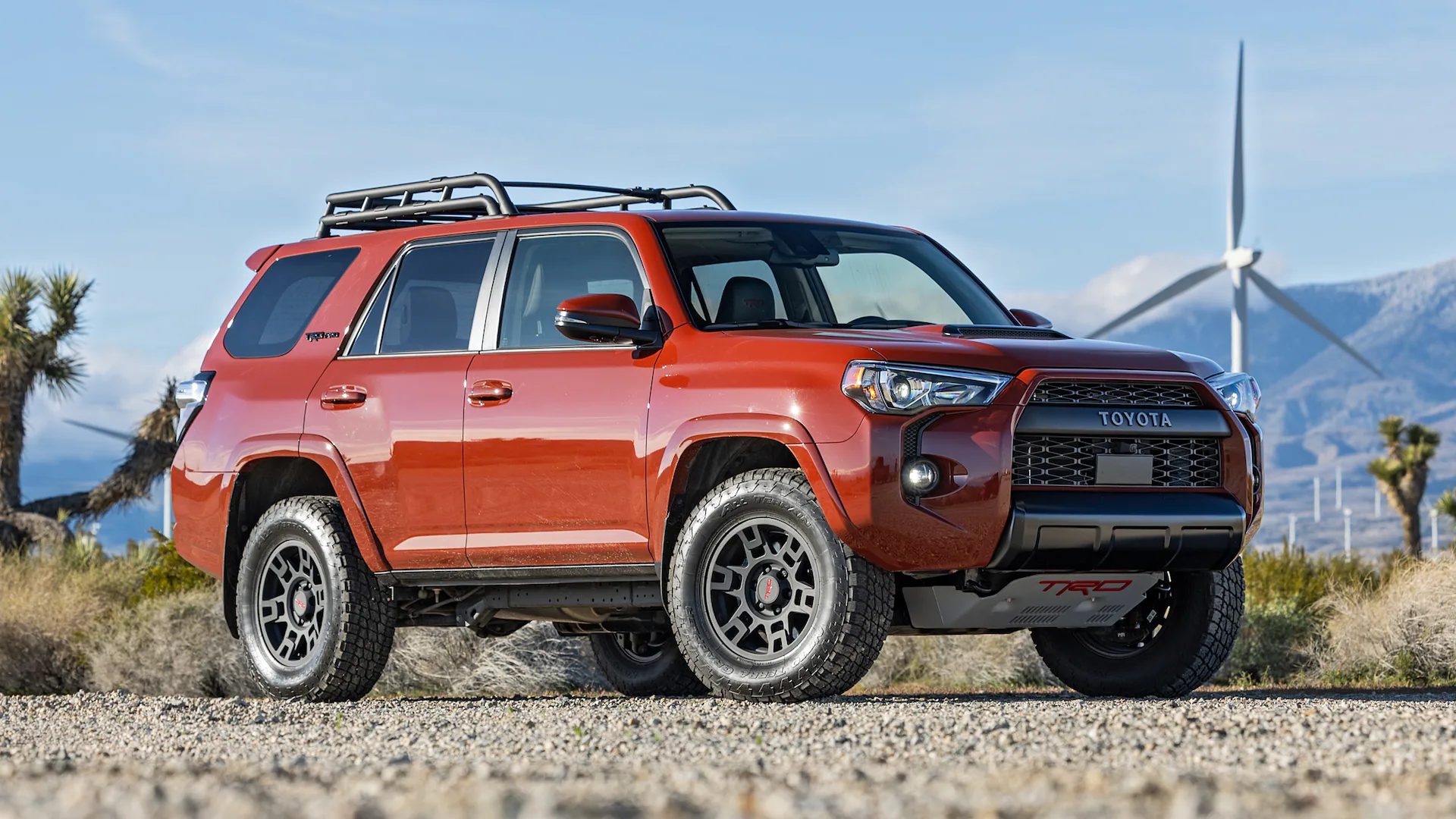Suspension issues can be one of the most frustrating and expensive problems SUV owners face. Whether it’s a sagging rear end, clunky struts, or uneven ride height, worn-out suspension components can greatly affect ride comfort, performance, and safety.
For SUVs—vehicles typically bought for their versatility, durability, and ability to handle varied terrain—suspension reliability is critical. Some SUVs are engineered with long-lasting components and robust suspension geometry, while others struggle with chronic issues due to design compromises, over-complexity, or subpar component quality.
The suspension system in an SUV bears a heavy load. These vehicles are often tasked with carrying passengers, cargo, and sometimes towing trailers. Additionally, many SUV owners take their vehicles off-road, exposing the suspension to harsher forces than your average sedan.
Because of these demands, suspension wear is more than just an inconvenience—it’s a performance concern. Some manufacturers get it right with heavy-duty springs, simple but strong shock designs, and smart load-leveling features.
Others over-engineer the system, relying too heavily on air suspension, electronic dampers, or cost-cutting materials that don’t hold up over time.
In this article, we’ll explore five SUVs known for having highly reliable suspension systems, rarely requiring significant work even after years of ownership. Conversely, we’ll also highlight five SUVs that frequently suffer from sagging suspension problems, whether it be due to poor component quality, overuse of air suspension, or insufficient engineering.
This comparison isn’t meant to shame certain models but to provide clarity for potential buyers and current owners about what to expect.
If you’re in the market for a rugged and dependable SUV—or just want to avoid repeated trips to the mechanic for underbody work—this guide offers practical insights based on patterns observed across many vehicles and ownership experiences.
Also Read: 10 Car Models That Their Own Brands Abandoned
SUVs That Rarely Need Suspension Work
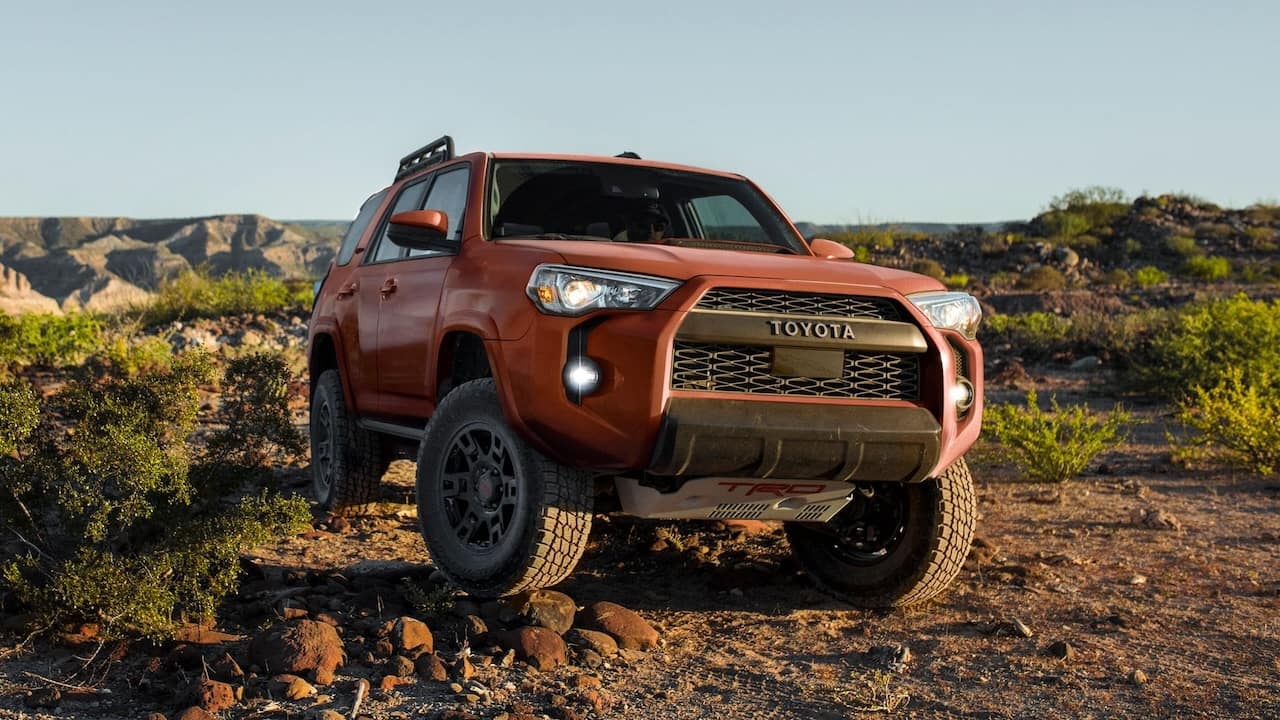
1. Toyota 4Runner
The Toyota 4Runner has long been praised for its old-school toughness, and the suspension system is a major reason for that reputation. Built on a body-on-frame platform with a traditional coil-spring rear and double-wishbone front suspension, the 4Runner is designed for abuse.
It doesn’t rely on fancy air suspensions or adaptive dampers that can fail prematurely. Instead, Toyota kept the system mechanical, simple, and highly serviceable. As a result, the 4Runner routinely goes 150,000 miles or more without suspension issues beyond typical wear-and-tear.
One of the keys to the 4Runner’s reliability is its off-road-oriented engineering. Even base models are expected to handle tough terrains and steep angles, so Toyota equips the vehicle with durable bushings, beefy shocks, and a solid rear axle on some trims.
These components are all built with longevity in mind, and aftermarket upgrades are widely available for those who want even more resilience. Additionally, Toyota tends to use higher-grade rubber and metal in suspension bushings and mounts, reducing premature wear.
Another advantage lies in the 4Runner’s consistent design philosophy. Toyota hasn’t drastically changed the platform for over a decade, allowing mechanics to become intimately familiar with the vehicle.
This reduces the likelihood of improperly repaired suspension components and makes diagnosing any rare issues straightforward. For those seeking long-term peace of mind in rough environments, the 4Runner remains one of the best options out there.
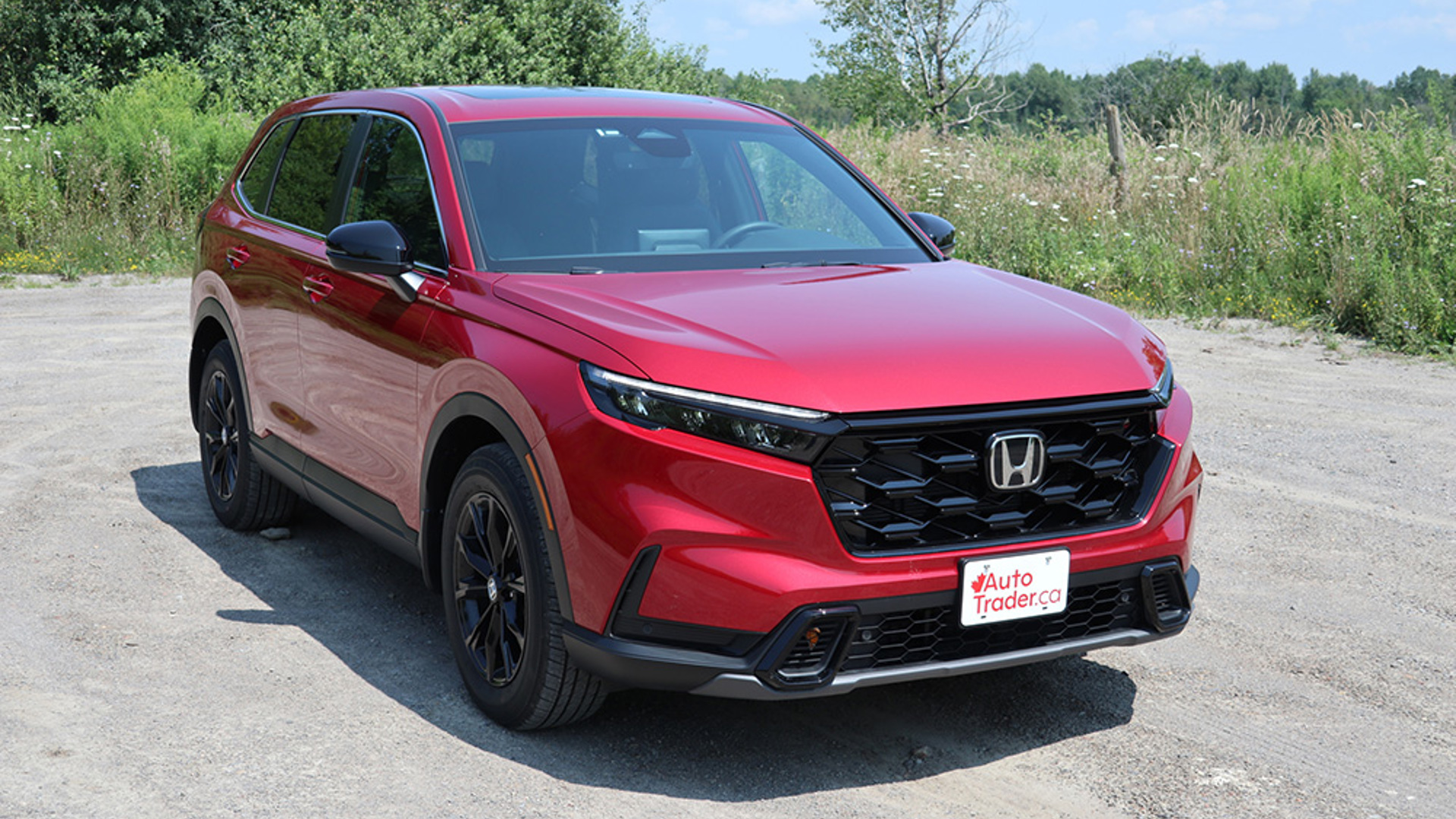
2. Honda CR-V
Although smaller than many traditional SUVs, the Honda CR-V consistently ranks as one of the most reliable vehicles in its class, and that extends to its suspension system.
The CR-V uses a MacPherson strut front and multi-link rear setup that offers a nice balance between comfort and handling. Importantly, this setup is extremely reliable, and most owners won’t need to touch the suspension beyond routine maintenance like shocks or struts until well past the 100,000-mile mark.
Honda’s approach to engineering is often centered around simplicity and refinement, and the CR-V reflects that philosophy. There are no gimmicks or overly complex parts to break.
Even as newer models adopt more technology, Honda ensures the core suspension system remains robust and proven. This simplicity not only makes it easier to maintain but also cheaper to repair if anything does go wrong, which is rare to begin with.
Furthermore, the CR-V’s suspension doesn’t have to deal with heavy off-road use or aggressive towing, meaning it’s not subjected to the same kinds of stress as larger SUVs.
As a result, it holds up very well over time. Many CR-Vs are still running smoothly with their factory suspension components after a decade of use. It’s this low-maintenance profile that makes the CR-V a favorite among practical drivers and reliability-focused buyers.
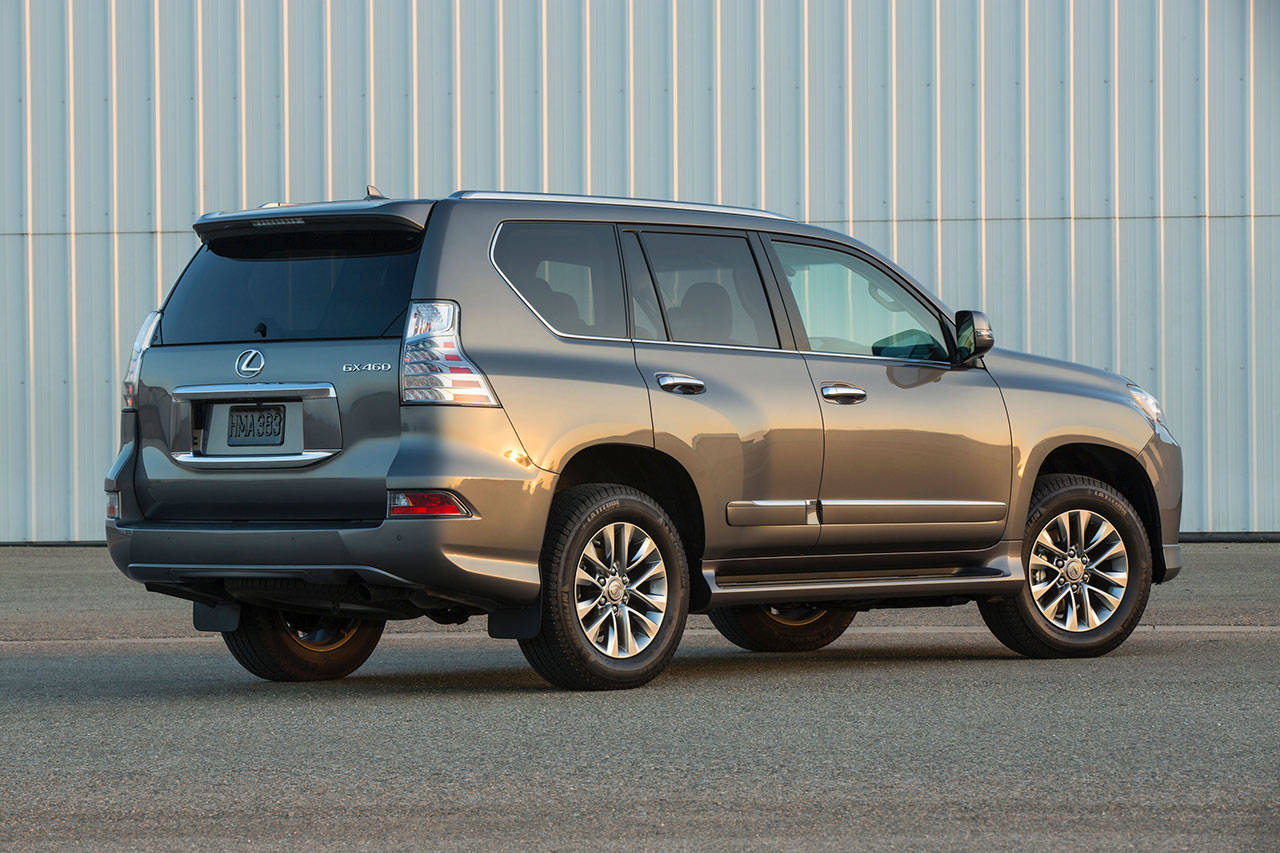
3. Lexus GX 460
The Lexus GX 460 blends luxury and durability in a rare combination. Sharing its rugged underpinnings with the Toyota Land Cruiser Prado, the GX is essentially a luxury off-roader with exceptional build quality.
While it does include optional air suspension on certain trims, the majority of its suspension components are tuned for reliability. Owners frequently report going over 150,000 miles with minimal suspension issues, especially on models without air suspension.
The GX’s standard suspension system includes a robust rear solid axle and front independent setup that can handle a lot of abuse. Lexus builds the GX with high-quality parts, from the rubber in the bushings to the metal arms and links that hold everything together. Even when used off-road, the suspension tends to hold up well.
And because Lexus vehicles are built to a high manufacturing standard, the tolerances and material strength are typically better than average.
In addition to physical durability, the GX has excellent service support. Lexus mechanics are well-trained in spotting early signs of wear, and replacement parts are readily available.
The community around the GX is also very strong, with many forums and owners’ groups sharing best practices for suspension maintenance. As long as owners are mindful about replacing the occasional worn bushing or shock absorber, the GX can go for years without any major suspension intervention.
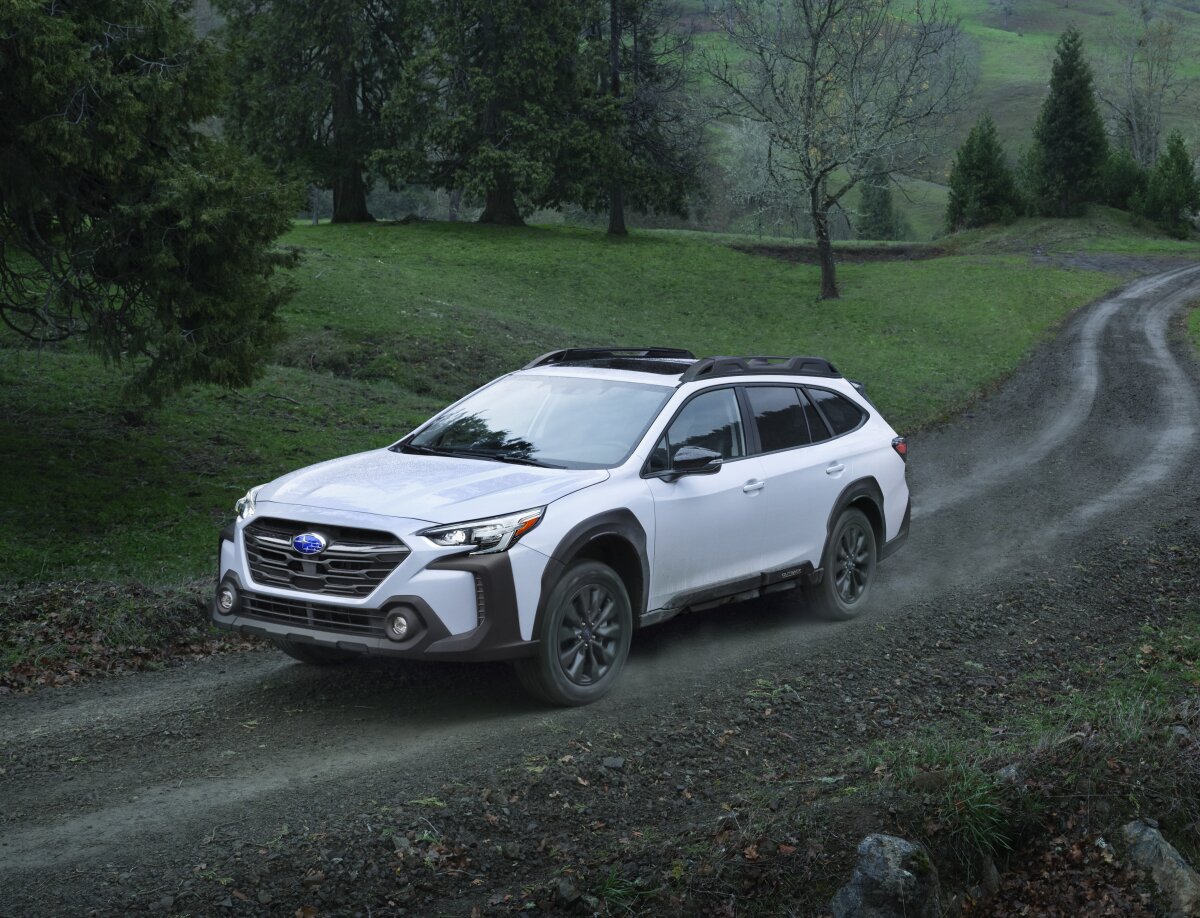
4. Subaru Outback
Though it’s technically a crossover, the Subaru Outback’s SUV-like capabilities and all-wheel-drive system make it worth including. The Outback is known for its long-lasting reliability, and its suspension plays a big role in that.
Subaru uses a four-wheel independent suspension with raised ground clearance, and the system is finely tuned to handle both highway driving and moderate off-road use. Most Outbacks require little to no suspension work for the first 150,000 miles if driven conservatively.
What makes the Outback’s suspension so reliable is its simple yet effective geometry. Rather than over-complicating the system with active dampers or variable ride height features, Subaru keeps things mechanical and consistent.
The front struts and rear multi-link setups are easy to maintain and rarely fail unless subjected to rough abuse. The parts are widely available and not overly expensive, meaning any repairs that are needed won’t break the bank.
Owners often praise the Outback’s smooth ride and ability to soak up bumps without creaks or clunks developing over time.
The suspension bushings and joints tend to last a long time, particularly in models from 2015 onward, which saw improvements in chassis rigidity and suspension tuning. The Outback provides a reliable ride with minimal drama under the vehicle.
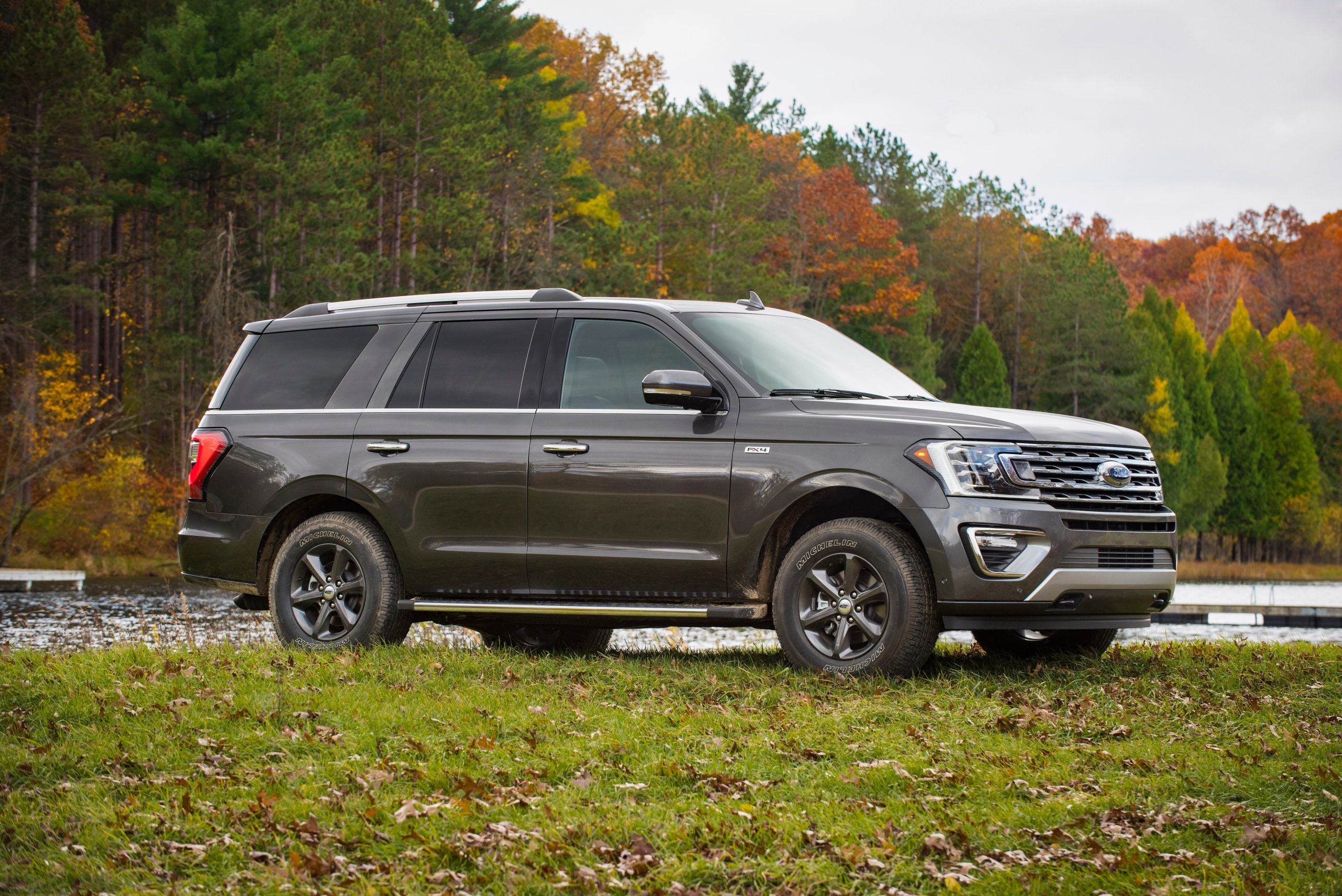
5. Ford Expedition (Traditional Coil Spring Models)
Among American full-size SUVs, the Ford Expedition with traditional coil springs (not air suspension) is a standout for suspension durability. Built on a truck platform shared with the F-150, the Expedition benefits from a rugged undercarriage.
Many fleet users and families report excellent longevity from the suspension, often going years without the need for major repairs. The key is to stick with models that don’t rely heavily on adaptive or air ride systems.
The Expedition’s heavy-duty suspension components are built to handle a lot of weight, especially for those who tow or haul regularly. The rear multi-link with coil springs, especially in non-luxury trims, offers a good mix of comfort and strength.
Ford tends to use thicker control arms and beefier shocks in these models, which hold up well under stress. As a result, sagging suspensions are less common than in models that opted for air suspension systems.
This model also benefits from widespread mechanical support and familiarity among mechanics, meaning issues are easy to diagnose and fix. Parts availability is strong, and aftermarket components can even improve the durability of the suspension further.
For those who need a tough family hauler without the drama of complex suspension systems, the traditional Expedition remains a solid, low-maintenance choice.
SUVs That Constantly Sag
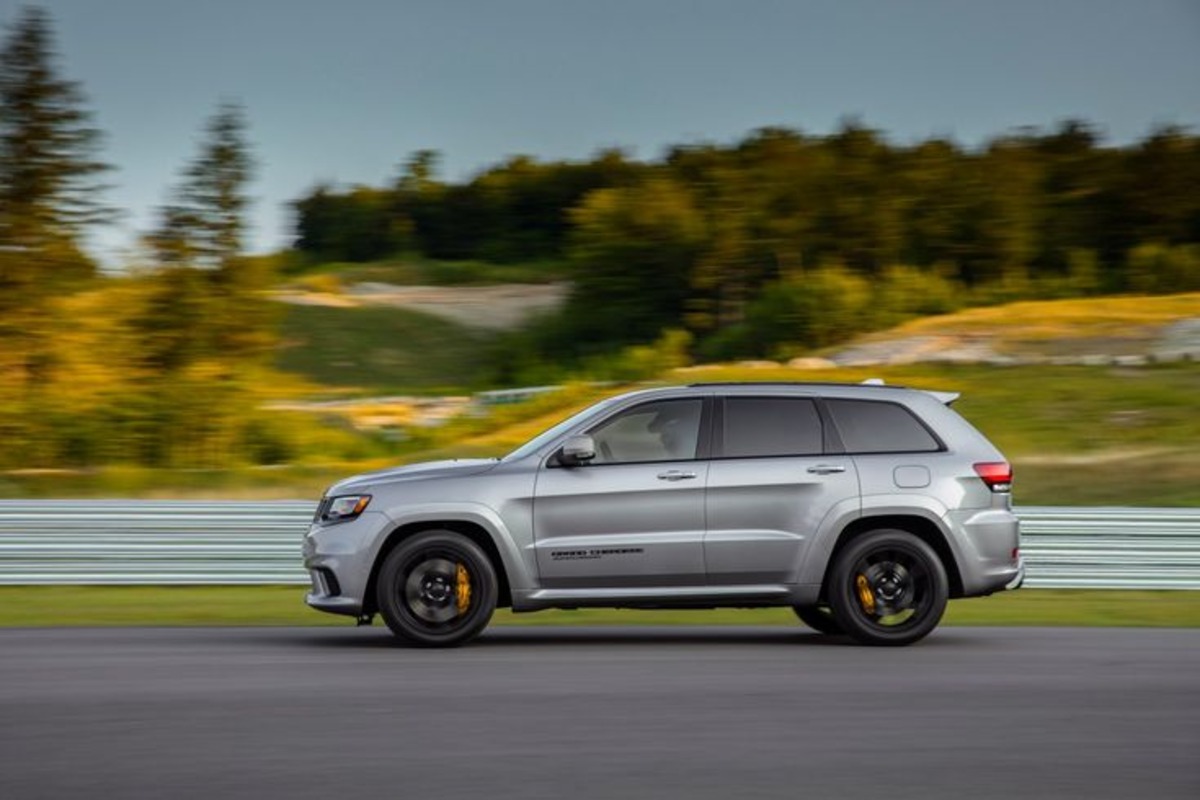
1. Jeep Grand Cherokee (Air Suspension Models)
The Jeep Grand Cherokee is a versatile and capable SUV, but its optional Quadra-Lift air suspension system has been a sore spot for many owners.
While it provides a comfortable ride and adjustable height, the complexity and fragility of the system often lead to problems, especially as the vehicle ages. Many owners report sagging suspension, compressor failures, and uneven ride height within just a few years of ownership.
The root of the issue lies in the air struts and their associated components. The rubber airbags can degrade over time, especially in cold climates, leading to air leaks and eventual failure.
Compressors can burn out trying to keep the vehicle level, and sensors frequently go out of calibration. When one corner of the vehicle sags, it not only looks bad but can severely impact handling and safety.
Repairing the Quadra-Lift system is expensive. Replacing a single air strut can cost over $1,000, and if the compressor also needs replacing, the bill can quickly climb.
Some owners choose to convert the system to traditional springs just to avoid the recurring costs. While the Grand Cherokee excels in many areas, its air suspension is a known weak point that can cause headaches for those who value reliability.
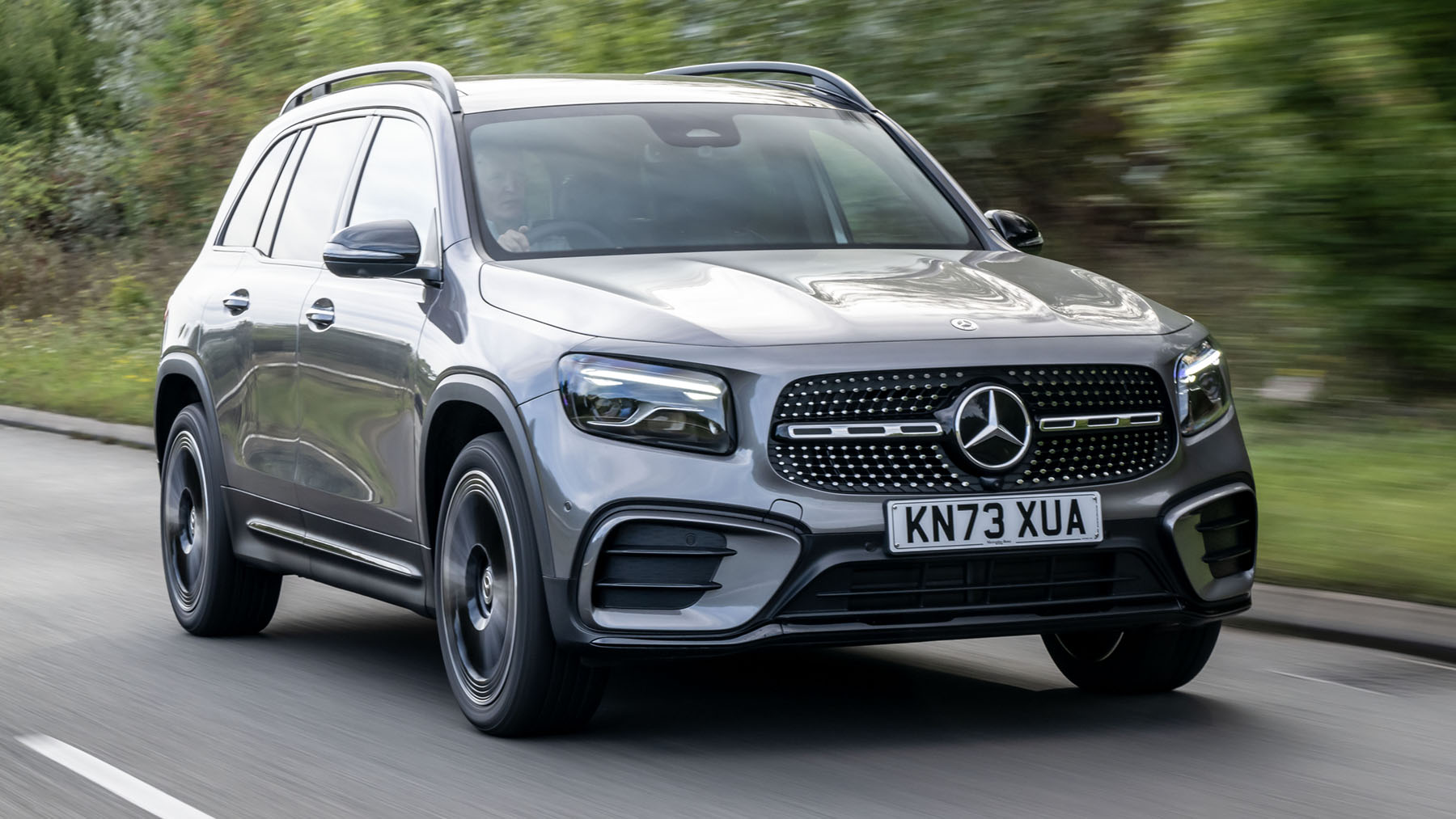
2. Mercedes-Benz GL/GLS-Class
The Mercedes-Benz GL (later renamed GLS) is marketed as a full-size luxury SUV capable of balancing off-road prowess with limousine-like comfort. However, one of its most common mechanical issues lies in the AIRMATIC air suspension system.
While it’s designed to provide an exceptionally smooth ride, particularly on the highway, the system is notorious for failure over time. Sagging, especially in the rear suspension, is a frequent complaint among long-term owners.
The AIRMATIC system uses air springs and electronically controlled dampers that are highly sensitive to environmental conditions and component degradation. Rubber air bags tend to dry out, crack, and eventually leak, especially in vehicles that are exposed to temperature extremes.
Once air leaks begin, the compressor must work overtime to compensate, and it eventually fails as well. The complexity of the system adds layers of diagnostic difficulty, meaning even minor issues can become costly repair projects.
Mercedes parts are not cheap, and suspension repairs on these models can easily run into the thousands. What’s more, since the vehicle’s electronics are deeply integrated with the suspension system, even simple fixes sometimes require reprogramming or resetting control modules.
For buyers attracted to the prestige and comfort of the GLS, it’s worth remembering that suspension problems often arise within the first 80,000–100,000 miles, especially if not meticulously maintained.
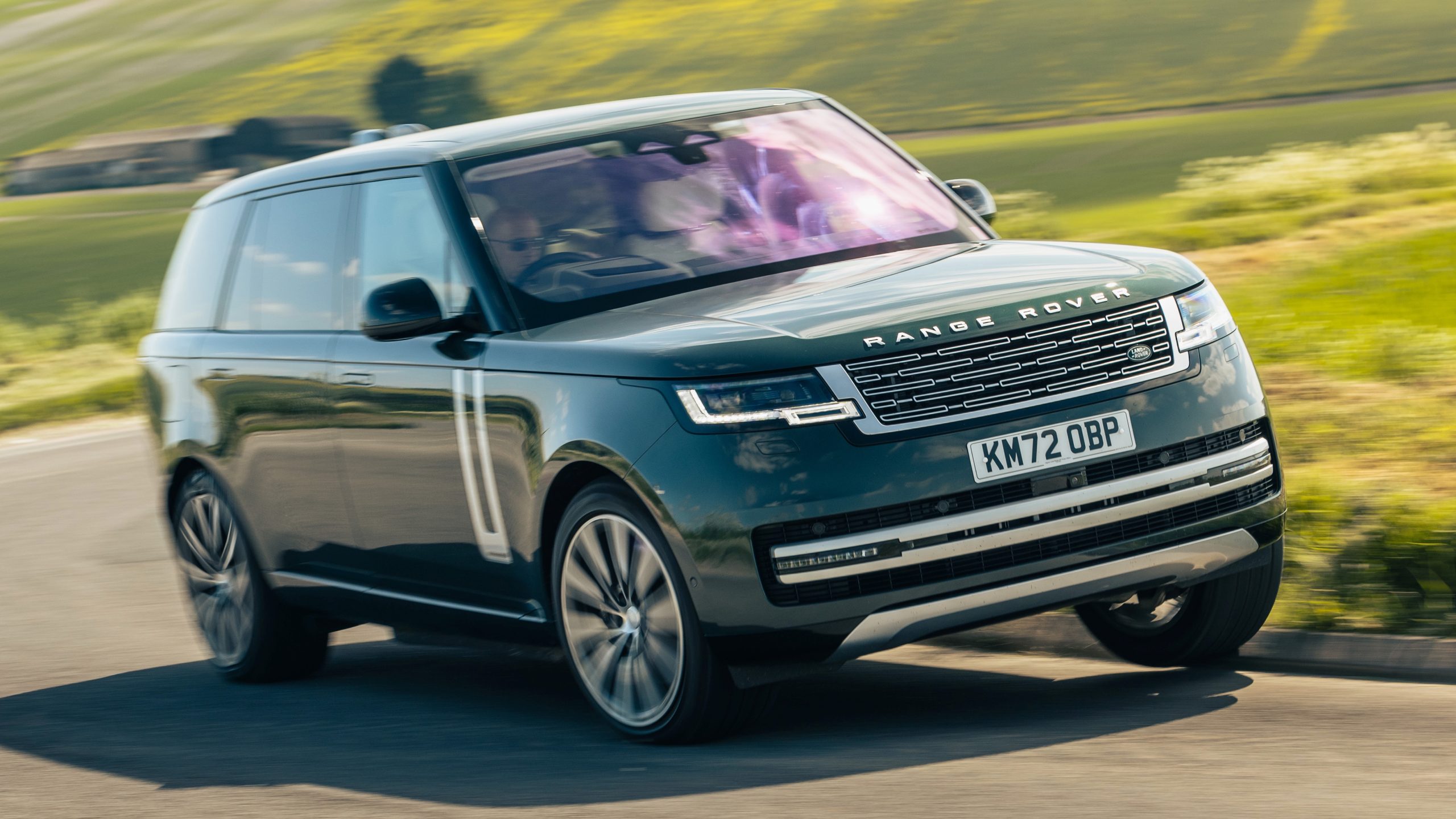
3. Range Rover (Any Year, Almost Any Model)
When it comes to luxury and off-road capability, few names command as much respect as Range Rover. But the brand also has a long and well-documented history of suspension issues, especially sagging air suspension.
Whether it’s the classic Range Rover, the Sport, or the Velar, these vehicles frequently suffer from premature suspension failure. It’s become something of a running joke in enthusiast circles: if you see a Range Rover sitting low in a parking lot, it’s probably not intentional.
The primary culprit is the electronically controlled air suspension system. Designed to offer variable ride heights and automatic leveling, it often becomes a maintenance nightmare as the vehicle ages.
The system’s components—compressors, sensors, air struts—are prone to failure, and replacement parts are notoriously expensive. In some cases, owners have reported needing to replace the entire system multiple times over a vehicle’s life cycle.
Adding to the frustration is the vehicle’s diagnostic sensitivity. A small leak or sensor fault can trigger dashboard warnings and put the SUV in a “limp” mode, reducing performance until the issue is addressed.
These problems typically emerge right around the time warranties expire, leaving owners with steep repair bills. Despite its impressive capabilities, the Range Rover continues to be a cautionary tale about the risks of over-engineered suspension systems.
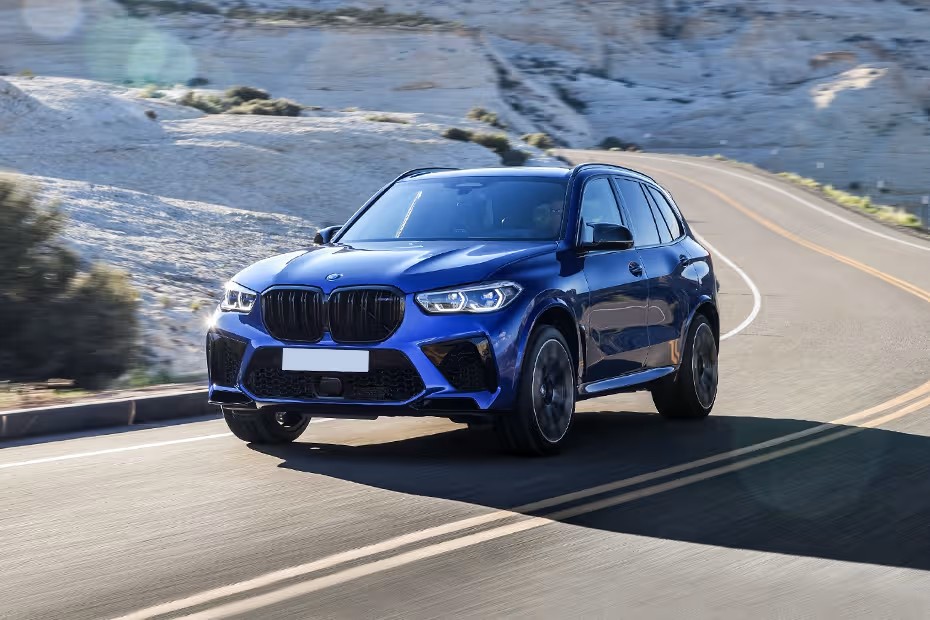
4. BMW X5 (Older Generations with Air Suspension)
BMW’s X5 offers a sporty and refined driving experience, but older models—particularly those with rear air suspension—have a reputation for sagging and other suspension problems.
The E53 and E70 generations are especially vulnerable. These models used air suspension primarily in the rear to improve ride quality and load leveling, but the execution often leads to premature failure.
In many cases, the air springs begin to leak after just 70,000 miles, causing the rear end to sag, especially after the vehicle sits overnight. When this happens, the compressor must run more frequently to reinflate the system, and eventually, it burns out.
Worse, some owners report one side sagging more than the other, leading to an uneven ride and unusual tire wear. This imbalance not only affects comfort but also stresses other suspension and steering components.
BMW owners often face a tough choice: pay high dealership prices for OEM replacements or convert the system to conventional coil springs. While conversion kits are available and widely used, many owners are reluctant to modify the vehicle and lose the original handling characteristics.
Nevertheless, due to the frequent failures, many eventually go this route out of necessity. The X5 can be an excellent vehicle, but not if you expect trouble-free suspension over the long term.
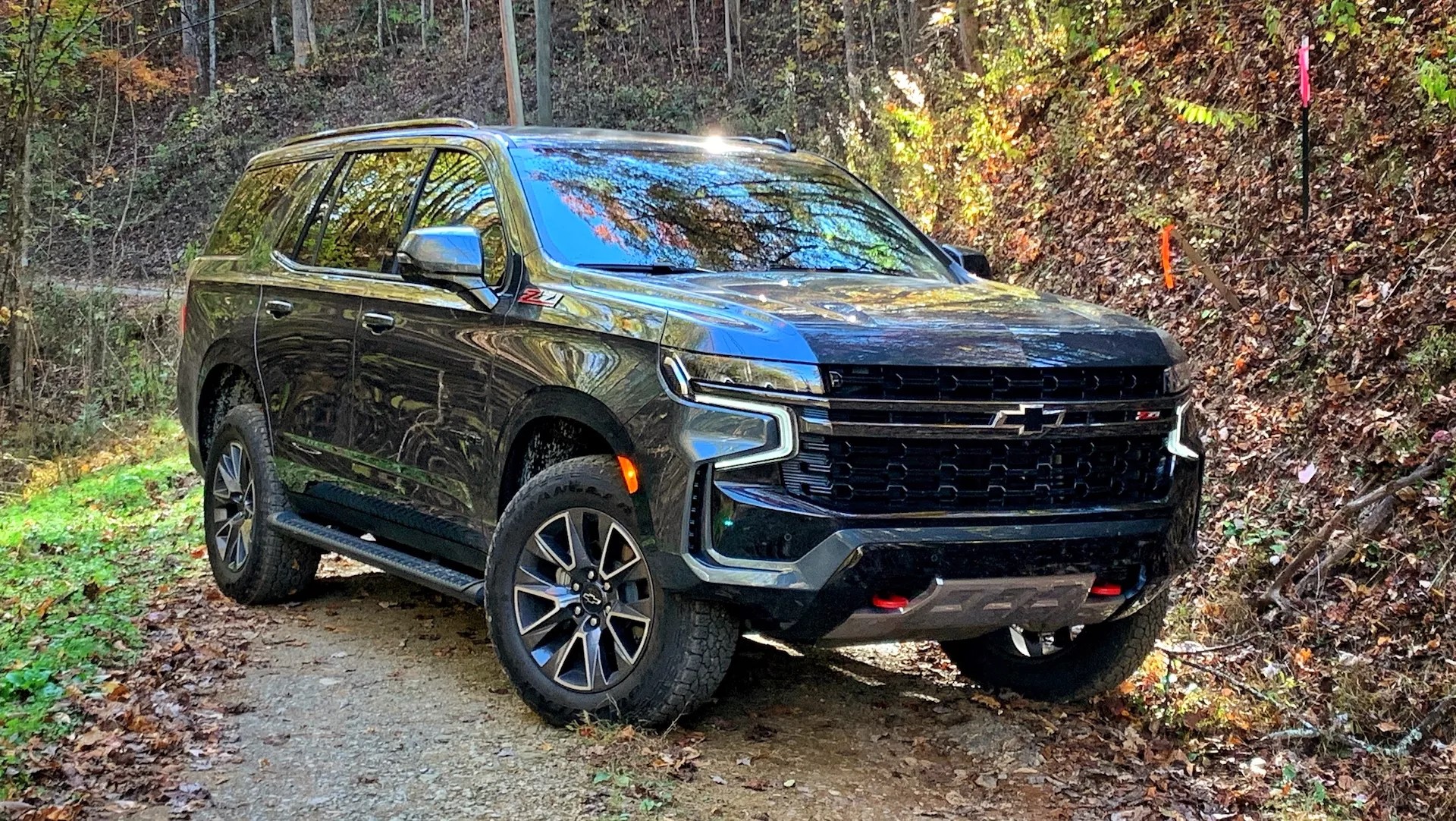
5. Chevrolet Tahoe (Air Ride Adaptive Suspension Models)
The Chevrolet Tahoe is a popular full-size SUV with a strong track record, but models equipped with GM’s Magnetic Ride Control and air ride adaptive suspension are known to develop sagging issues, particularly in the rear.
This is most common on higher-end trims like the LTZ, Premier, or High Country, which use air ride systems to maintain load-leveling and ride comfort. Over time, however, these components wear out, and sagging becomes a familiar sight.
What tends to go wrong is the failure of the air shocks or ride height sensors. Once these begin to deteriorate, the suspension may no longer adjust properly, causing the rear to droop under load or fail to return to its normal ride height after sitting.
These systems are more vulnerable to wear than traditional coil spring setups, and given the Tahoe’s popularity as a tow vehicle, it’s no surprise that the suspension gets worked hard. The more miles, the more likely it is to fail.
Unlike some of the other luxury SUVs mentioned, parts for the Tahoe’s air ride system are more readily available and moderately priced, but the frequency of failures is still a concern. Many owners opt for conversion kits, switching back to standard shocks and springs.
While this sacrifices some ride smoothness and load-leveling capability, it eliminates one of the vehicle’s most common maintenance headaches. If you’re buying a used Tahoe, checking the condition of the air suspension should be a top priority.
Also Read: 5 Cars With the Best Factory Warranties and 5 That Leave You Hanging
Suspension reliability is often the hidden hero—or villain—of SUV ownership. It doesn’t grab headlines like horsepower figures or towing capacity, but it deeply affects everything from ride quality to safety to long-term maintenance costs.
As we’ve seen, the difference between a vehicle that cruises effortlessly over rough roads for 200,000 miles and one that sags embarrassingly at 75,000 can often come down to the design philosophy behind the suspension system.
SUVs that avoid suspension problems tend to share common traits: mechanical simplicity, high-quality components, and time-tested engineering. Vehicles like the Toyota 4Runner, Lexus GX 460, and Honda CR-V prove that you don’t need complicated systems to deliver a smooth and durable ride.
Their traditional coil springs, reinforced bushings, and steel-based parts last longer and cost less to replace when the time eventually comes.
These SUVs were built for utility and longevity, often stemming from platforms originally designed for trucks or global off-road applications. Their suspension systems are not only reliable but also designed to be repaired with minimal hassle and cost.
For consumers who value peace of mind and don’t want to constantly worry about sagging, air leaks, or computer errors, these vehicles stand out as some of the most dependable options in the market.
In contrast, SUVs that are frequently plagued by sagging suspension share a different design ethos. These vehicles, like the Range Rover, Mercedes GLS, and air-suspension-equipped versions of the Jeep Grand Cherokee or Chevy Tahoe, lean heavily into ride comfort and advanced features.
Air suspension and adaptive dampers are appealing for luxury and performance, but they come with a significant trade-off: complexity. Rubber air springs degrade, compressors fail, sensors misread data, and computer systems can’t always compensate.
These issues aren’t limited to just high-mileage models, either—many owners report problems early in the ownership cycle, often just after the factory warranty expires. This makes them more expensive to own in the long run, especially if the systems fail entirely and require a full replacement or a conversion to standard springs.
For buyers trying to decide between these two groups, the key takeaway is to align your expectations with your use case. If you prioritize ease of ownership, low maintenance, and off-road capability, choosing a model with traditional suspension is the smarter, more economical choice.
If, however, you are drawn to the plush ride and the technological appeal of an air suspension system—and you’re willing to deal with higher long-term maintenance costs—then models like the Range Rover or GLS-Class may still hold value for you. But go in with eyes wide open, and perhaps with a healthy maintenance fund set aside.
Additionally, prospective SUV buyers—especially those buying used—should do a thorough suspension check during pre-purchase inspections. Look for signs of rear-end sag, uneven ride height, or warning lights related to ride control systems.
Ask for service records that show whether compressors, airbags, or shocks have already been replaced. In vehicles like the X5 or Tahoe, it may be worth considering coil conversion kits preemptively if you plan to keep the vehicle for the long haul.
In a world increasingly filled with over-engineered solutions, there’s something to be said for simplicity and durability. The SUVs that rarely need suspension work prove that thoughtful, rugged engineering still has its place.
They are the unsung heroes of reliability, providing decade-long peace of mind to owners who value dependability above novelty. Meanwhile, sag-prone SUVs serve as cautionary tales, reminding us that not every technological innovation leads to better long-term results.
Whether you’re an adventurous off-roader, a practical daily commuter, or someone looking to invest in a vehicle that lasts for years, suspension reliability should be a top priority.
After all, it’s not just about how the vehicle drives today—it’s about how it holds up tomorrow, next year, and well into its second or third ownership. Choose wisely, and your SUV will reward you with stability, comfort, and confidence on every journey.

